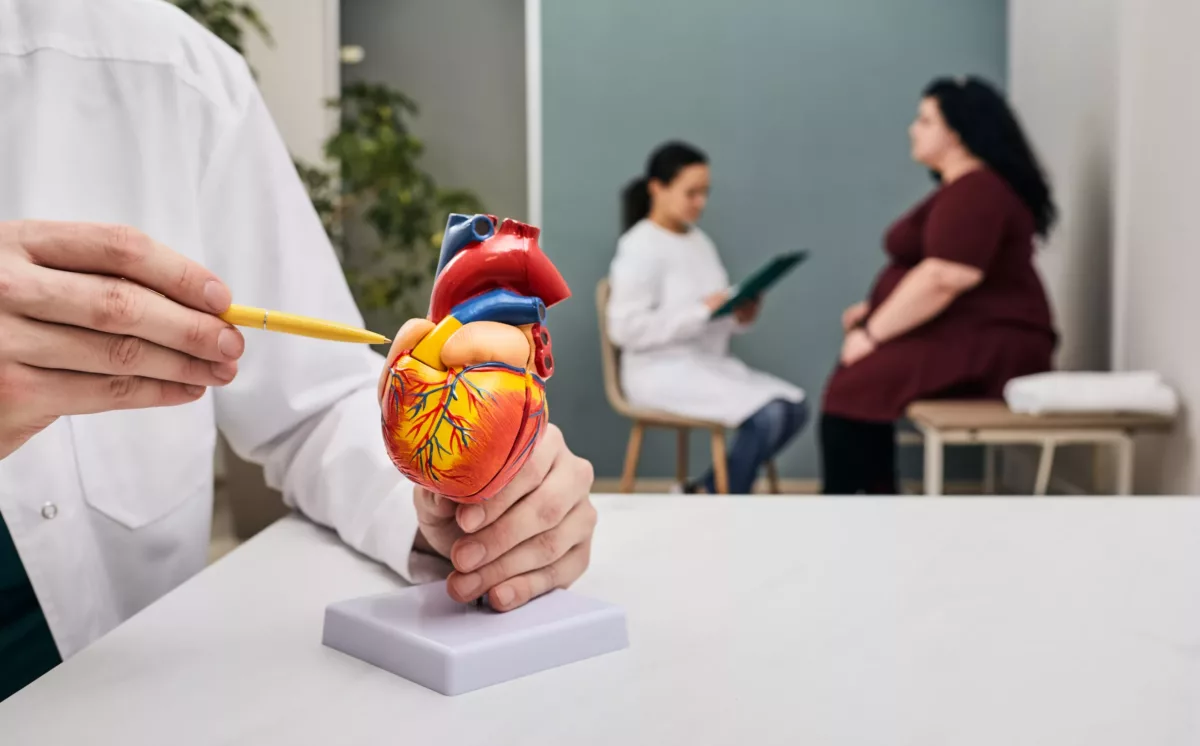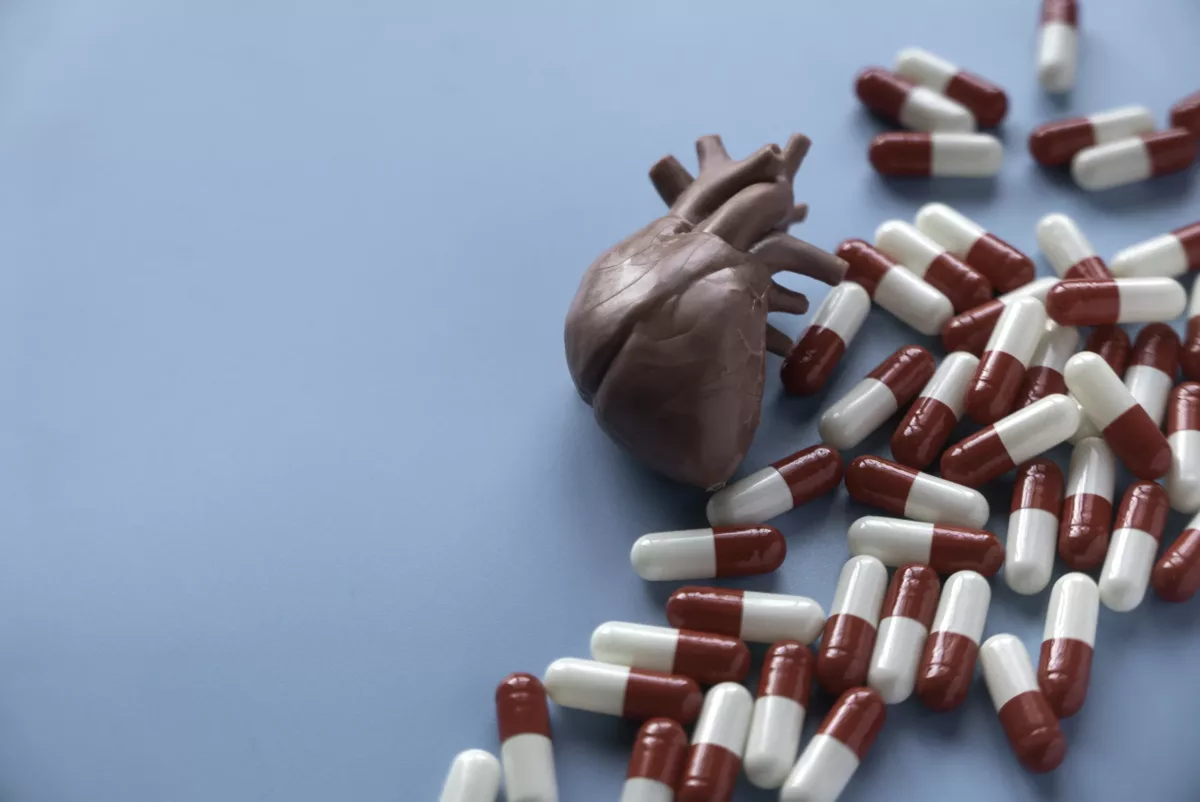A life-threatening condition in which the heart suddenly is not allowed to pump blood for the body’s needs is called cardiogenic shock. While in most cases, people experience this condition due to a severe myocardial infarction (heart attack), it may happen without a heart attack.
However, this is a rare condition, and without immediate treatment, it may cause death. For instance, approximately 50% of people with cardiogenic shock who received immediate treatment have survived the condition.
Symptoms
Those who suffer from cardiogenic shock usually experience the following symptoms. Examples include:
- Tachycardia (sudden fast heartbeat)
- Weak pulse
- Sweating
- Pale skin
- Cold feet and hands
- Reduced urination
- Severe shortness of breath
- Rapid breathing
- Hypotension (low blood pressure)
It is important to know myocardial infarction symptoms because cardiogenic shock mostly occurs in people with this heart problem. Check below for some of them:
- Fullness, pressure, or pain in the chest
- Pain that goes to the shoulder of one or both arms
- Frequent chest pain
- Shortness of breath
- Sweating
- Dizziness
- Lightheadedness
- Nausea
- Vomiting
If you or someone else experiences any of the previous symptoms, immediately go to the nearest emergency room or call 911 in the U.S. or emergency services in your country.
Causes
Commonly, a heart attack is caused by a lack of oxygen to the heart that causes damage to the left ventricle (the primary pump chamber of the heart). The heart cannot function properly without oxygen-rich blood. If you have poor-oxygen blood for long periods, it may lead to damage to the heart muscle. Check below for other causes of cardiogenic shock:
- Myocarditis (inflammation of the heart muscle)
- Endocarditis (heart valve infection)
- Weakened heart muscle
- Drug poisoning or overdose with substances that may negatively affect heart function
Risk Factors
Physicians identified some factors that may increase your risk of developing cardiogenic shock if you have a heart attack. For example:
- Heart blood vessel blockages (such as coronary artery disease)
- Older people and women
- Chronic health problems (including hypertension, diabetes, and others)
- Family history of heart problems (such as myocardial infarction, heart failure, and others)
Complications
This condition may cause death if you do not receive immediate treatment. Some people may experience other serious complications if they survive. These include serious damage to the liver, kidneys, and other body organs caused by low oxygen levels in the blood.
How to Prevent Cardiogenic Shock?
The following tips may help you prevent or avoid this deadly condition. For example:
- Quitting smoking and avoiding secondhand smoke help reduce the risk of developing a heart attack.
- Try to get and maintain a healthy weight. People with excessive weight are at increased risk of developing heart attack, cardiogenic shock, hypertension, cardiovascular disease, diabetes, and others.
- Limit cholesterol, salt, sugar, and saturated fat – It is advised to limit the consumption of foods high in these minerals and fats to reduce the risk of developing heart problems.
- Limit or avoid alcohol – Heavy alcohol drinking also increases the risk of developing cardiovascular disease.
- Regularly exercise – People who exercise regularly have a reduced risk of hypertension and heart problems. It is advised to aim for at least 30 minutes of physical exercise per day.
Diagnosis
Usually, cardiogenic shock is diagnosed in an emergency setting. Thereafter, physicians may perform some tests to find the exact cause of the condition. Below are some tests used to confirm cardiogenic shock:
- Blood pressure measurement – Commonly, people with cardiogenic shock have extremely low blood pressure.
- Electrocardiogram (EKG or ECG) – This is a painless and noninvasive test used to measure the electrical activity of the heart.
- Chest X-ray – This is an imaging test used to get detailed images of the heart and other body structures and organs.
- Blood tests – These tests are used to check for damage to the organs, infections, and heart attacks.
- Echocardiogram – It uses sound waves to make pictures of the heart. This test may identify damage caused by myocardial infarction.
- Angiogram (also called cardiac catheterization) – This test involves a long and thin tube that is inserted into a major artery usually in the leg or wrist. It helps determine narrowed or blocked arteries.
Treatment
The treatment goal is to decrease damage to the heart and other organs caused by lack of oxygen. Approximately all people with this condition need additional oxygen. In severe cases, the patient may need to be connected to a breathing machine (ventilator).
Medicines
The following medicines are prescribed by doctors for people with cardiogenic shock to improve heart function and prevent blood clots. For example:
- Vasopressors – These medicines are used to treat hypotension. For example Dopamine, Epinephrine, Norepinephrine, and others.
- Inotropic agents – Physicians often recommend this category of medications to improve heart muscle function. They usually prescribe Dopamine, Milrinone, and Dobutamine.
- Aspirin – This medicine is given to the patient immediately to reduce the risk of blood clots.
- Antiplatelet medicines – These medicines are also used to prevent blood clots. For example Clopidogrel, Tirofiban, and Eptifibatide.
- Other anticoagulants (blood-thinning medicines) – These include injectable Heparin that is used within several days after myocardial infarction to reduce the risk of blood clots.
Other Treatments
The treatment’s goal is to restore blood flow through the heart. For example:
- Angioplasty and stenting – If doctors identify a blockage in the arteries during cardiac catheterization, they will use a metal mesh stent that will keep the artery open over time.
- Balloon pump – This treatment involves a balloon pump in the primary artery of the body (also called the aorta) to maintain constant blood flow and reduce the strain on the heart.
- Extracorporeal membrane oxygenation (ECMO) – This is a specific treatment that helps improve blood flow and supply the body with oxygen. During this treatment, the blood is pumped outside the body into a machine that removes carbon dioxide. After that, it sends oxygen-rich blood back into the body.
Furthermore, if any of the previous treatments do not work, doctors may recommend surgery. These include:
- Coronary artery bypass surgery – This surgery is performed to make an additional pathway for blood around the blocked or narrowed artery. Sometimes, this surgery is done as an emergency treatment.
- Surgery to repair heart injuries – This is a surgery in which physicians repair an injured or damaged heart valve that may lead to cardiogenic shock.
- Ventricular assist device (VAD) – During this procedure, surgeons will implant a mechanical device that helps the heart pump blood. VAD may improve heart function and it is used in people who wait for a new heart for a transplant.
- Heart transplant – This surgery is recommended for people with end-stage heart disease and when other treatments do not work.
Frequently Asked Questions
What are the main symptoms of cardiogenic shock?
Go to the nearest emergency room or call 911 in the U.S. if you or someone near you experiences any of the following symptoms. For example:
- Weak pulse
- Shortness of breath
- Chest pain
- Confusion
- Fainting
- Hypotension
- Fast breathing
What is the primary cause of cardiogenic shock?
Most people experience this condition due to myocardial infarction (heart attack). However, it may occur in people who do not develop heart attacks due to other causes. Check some additional causes below:
- Fluid buildup, especially around the heart
- Damaged heart septum or valves
- Reduced heart rhythm
- Heart muscle damage or rupture
- Irregular heart rhythms (arrhythmias)
- Heart failure
This article does not contain all possible causes of cardiogenic shock. For more details, consult with your healthcare professional.
How long does cardiogenic shock last?
Generally, this condition lasts roughly 30 minutes and without immediate treatment may lead to death. However, it may last a little longer or shorter depending on the effectiveness of the treatment. If you have any other questions, ask your healthcare provider.




